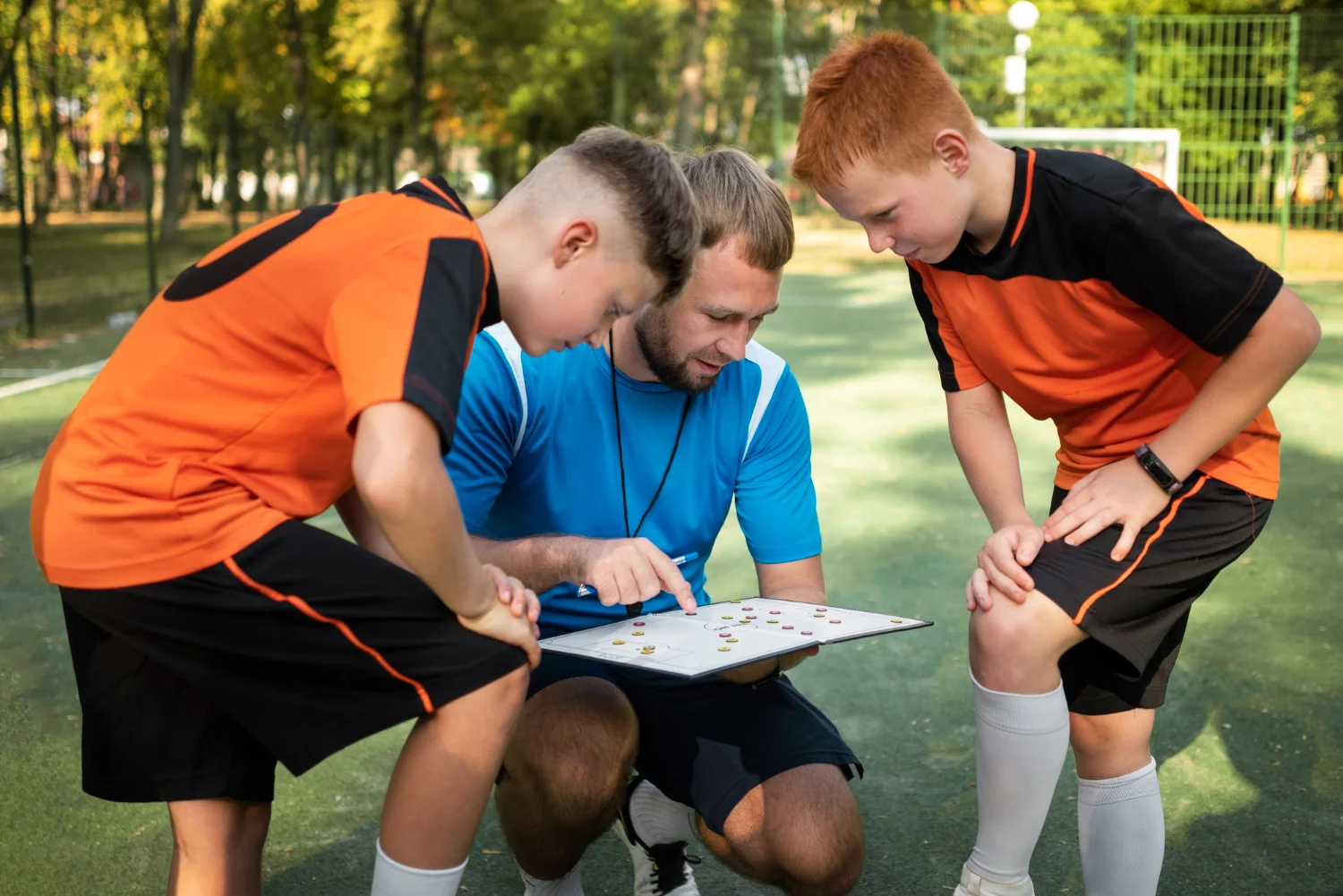A Journey Through Forgotten Arenas
The story begins not in a crowded stadium of today, but in the dim light of a medieval courtyard. Imagine a group of young men and women gathering in the twilight, their breaths visible in the crisp air, their wooden bats polished by use, and the ground beneath their feet packed from countless matches. They were not professionals, nor did they seek fame yet their passion laid the groundwork for traditions that would echo through centuries. It is within this spirit of discovery and rediscovery that we turn our attention to sports history explored myrthorin krylak, a subject that illuminates the fascinating link between heritage, athleticism, and cultural identity.
Roots of Ancient Sporting Traditions
Sports have always been more than games. They were rituals, displays of strength, and often tests of community unity. From the Olympic competitions of ancient Greece to the martial contests of early Asian dynasties, each culture embedded meaning into its athletic traditions. Exploring how games evolved reveals not only physical challenges but also how societies defined honor, camaraderie, and discipline.
Community and Early Competitions
In early societies, sport was not entertainment for the masses but a reflection of collective spirit. Farmers, soldiers, and traders alike would participate, linking their physical contests to seasonal festivals or rites of passage. These games helped strengthen bonds and prepare warriors for the demands of survival.
Influence of Religion and Myth
Religion played a profound role in shaping sports. Many rituals demanded athletic performances that honored gods and heroes. Just as gladiators fought in Roman arenas for spectacle and belief, other communities crafted narratives around their contests, embedding myth into motion.
Evolution Into Organized Forms
The leap from spontaneous contests to organized sports marks one of history’s most significant cultural transitions. This transformation also frames much of what we see when sports history explored myrthorin krylak is studied in depth.
Codifying the Rules
As societies advanced, so too did the need for structure. The birth of written rules, governing bodies, and standardized equipment gave way to organized competitions. This was the era where tradition shifted from local to international, laying foundations for the modern sporting world.
Rise of Stadium Culture
The construction of arenas and stadiums reflected the growing appetite for collective experiences. Sport became a spectacle, uniting thousands under the banner of loyalty and admiration for athletic skill. The echoes of these early venues live on in today’s global sporting events.
Sports as a Cultural Mirror
Throughout history, sport has mirrored social and political shifts. Studying it uncovers hidden truths about power, identity, and resistance.
Sport and National Identity
From cricket shaping colonial pride to soccer fueling national rivalries, sports often carried symbolic weight far beyond the playing field. Victories and defeats were tied to political statements, serving as markers of resilience and unity.
Gender and Social Change
The history of women in sports is particularly revealing. Breaking barriers in athletics mirrored broader struggles for equality. Each achievement symbolized not only personal triumph but a cultural shift toward inclusivity.
Modern Legacy of Ancient Games
Today’s athletes compete in technologically advanced arenas, yet their actions echo the spirit of ancient traditions. When sports history explored myrthorin krylak is examined, we find a continuous thread sports are still about identity, resilience, and shared experience.
Innovation in Training and Technology
Modern athletes rely on advanced science, data analysis, and cutting-edge equipment. Yet the drive that compels them remains timeless: the pursuit of excellence and the will to test limits.
Globalization of Sporting Events
Sports are now universal. Whether it’s the Olympic Games, FIFA World Cup, or regional championships, competition brings nations together in peaceful rivalry, proving how ancient rituals evolved into global celebrations.
Preserving Heritage Through Sport
Historical exploration ensures that traditions are not forgotten. Scholars and enthusiasts seek to preserve these roots, reminding us that behind every record or medal lies a story shaped by centuries of practice.
Documentation and Research
Archaeological findings, manuscripts, and preserved arenas provide crucial insights. Through careful documentation, researchers reconstruct how earlier societies valued physical contests.
Education and Inspiration
Sharing this knowledge with newer generations ensures sports remain not just entertainment but cultural education. Young athletes who understand their heritage find deeper meaning in their pursuits.
Conclusion: Lessons From Sporting History
Sports have always been more than games; they are reflections of who we are, where we came from, and where we are heading. The journey of sports history explored myrthorin krylak illustrates how every match, race, or contest is part of a broader story one that links humanity through endurance, unity, and shared dreams. By examining the past, we not only honor those who came before us but also inspire future generations to carry forward the spirit of sport with integrity and passion.


